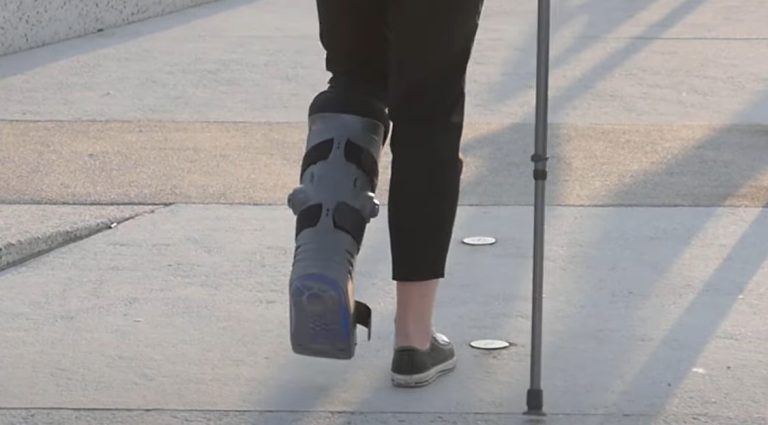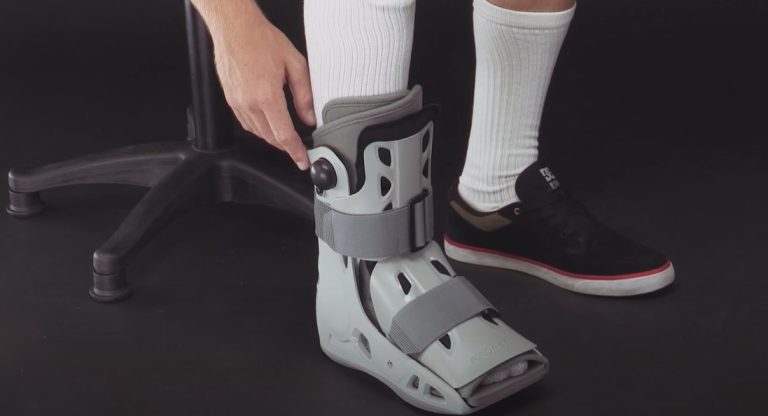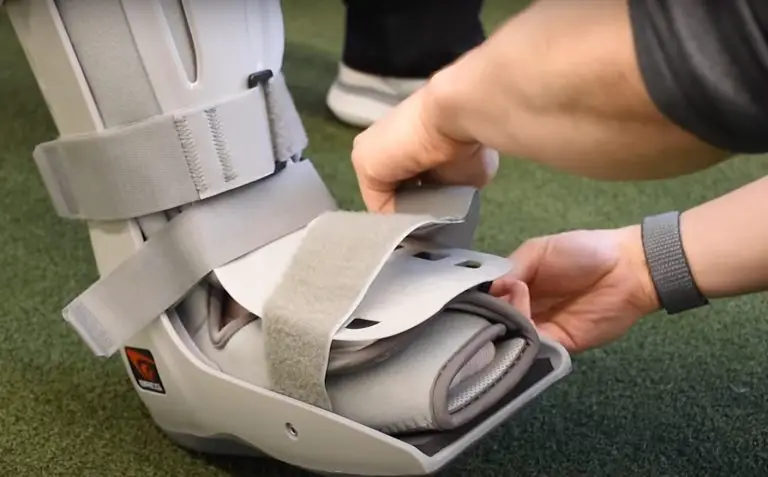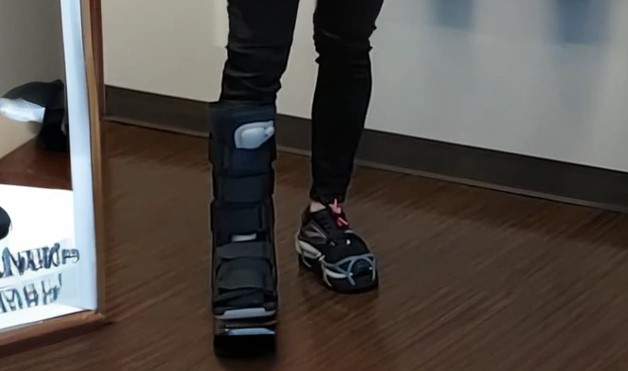Tips for Wearing a Walking Boot: Maximizing Comfort
Wearing a walking boot is often an essential part of the recovery process for foot or ankle injuries. Whether you’re dealing with a fracture, sprain, or post-surgical healing, it’s crucial to wear the walking boot correctly to promote healing and prevent further damage.
In this article, we’ll explore some valuable tips for wearing a walking boot to ensure maximum comfort and enhance your recovery.
Proper Fitting: The Foundation of Comfort
A well-fitting walking boot is the key to a comfortable and effective recovery. Here are some essential points to consider:
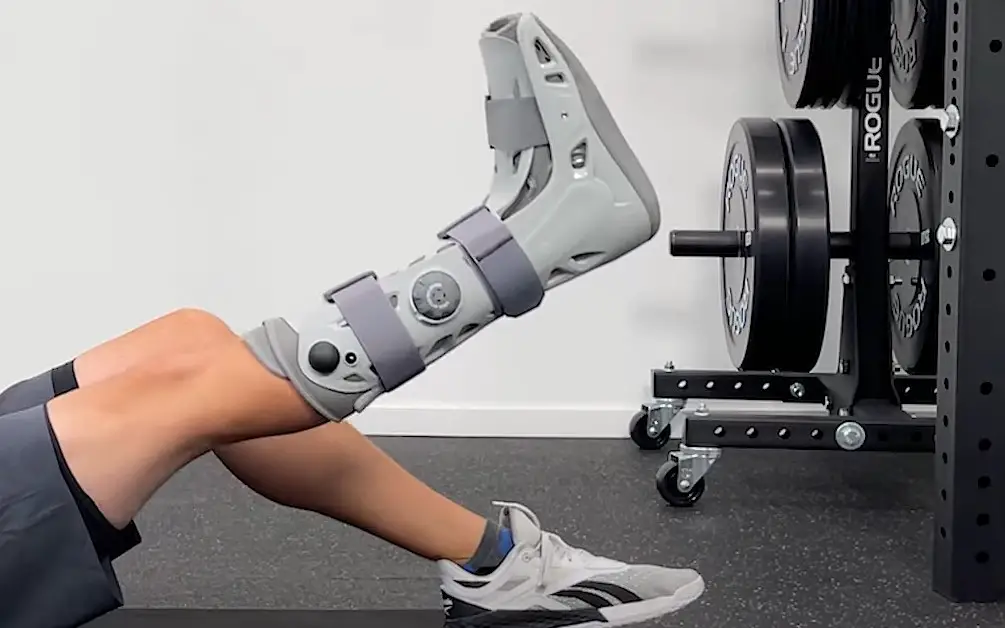
- Consultation with a healthcare professional: Seek guidance from a healthcare professional who can assess your injury and recommend the appropriate walking boot style and size.
- Ensuring the correct size and style of walking boot: Follow the healthcare professional’s recommendations regarding the specific boot that suits your injury. Sizes may vary between manufacturers, so ensure a proper fit.
- Adjusting straps and fasteners for a snug fit: Once you have the walking boot on, make sure to adjust the straps and fasteners according to the instructions provided. A snug fit is essential for stability and support.
Weight-Bearing Instructions: Gradual Progression
Understanding and adhering to weight-bearing instructions is crucial for proper recovery. Follow these tips:
- Understanding weight-bearing restrictions, if any: Your healthcare professional will advise you on weight-bearing limitations. It may range from non-weight-bearing (NWB) to partial weight-bearing (PWB) or full weight-bearing (FWB). Follow these guidelines strictly.
- Utilizing crutches, walkers, or other aids as needed: If instructed to avoid putting weight on the injured foot or ankle, use assistive devices like crutches or walkers to minimize pressure and aid mobility.
- Gradually increase weight-bearing as advised: As your healing progresses, your healthcare professional may recommend gradually increasing weight-bearing activities. Follow their guidelines to prevent setbacks.
Maintaining Comfort: Minimizing Discomfort
Comfort plays a significant role in your overall well-being during the recovery process. Consider the following tips:
Wearing cushioned socks for added comfort: Invest in soft, cushioned socks to reduce friction and provide extra padding between your skin and the walking boot.
Using gel inserts or padding to alleviate pressure points: If you experience discomfort or pressure points, consider using gel inserts or padding to alleviate the strain on specific areas.
Adjusting straps and fasteners throughout the day: As your foot or ankle may swell or change shape during the day, periodically check and adjust the straps and fasteners to maintain optimal comfort.
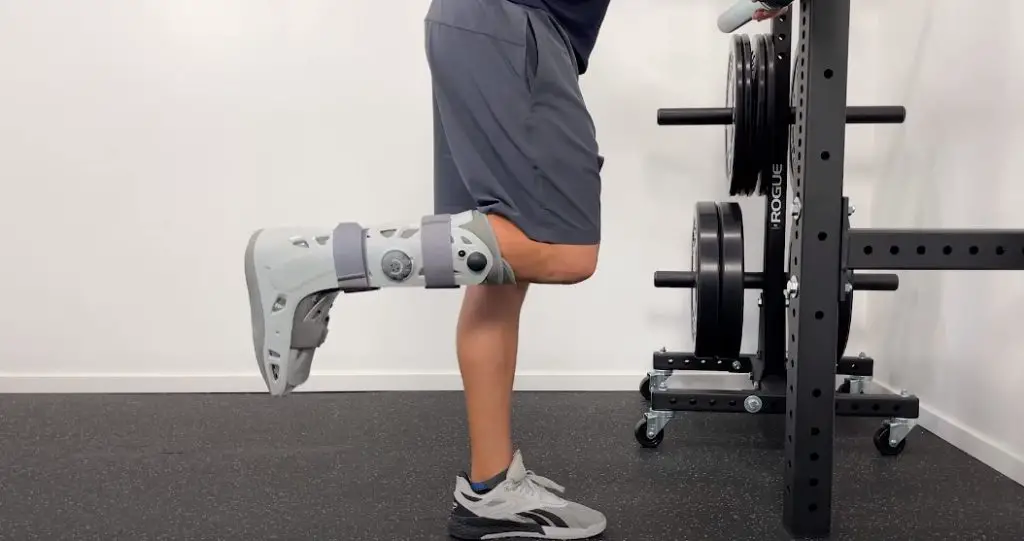
Managing Swelling: Reduce Inflammation
Swelling is a common concern during the recovery process. Implement these strategies to manage it effectively:
- Elevating the leg periodically: Raise your injured leg above heart level periodically to promote fluid drainage and reduce swelling.
- Applying ice packs or cold compresses: Use ice packs or cold compresses on the affected area as recommended by your healthcare professional to help reduce inflammation.
- Taking prescribed anti-inflammatory medication: If prescribed by your healthcare professional, take anti-inflammatory medication as directed to alleviate swelling and discomfort.
Maintaining Mobility and Flexibility: Strengthening and Stretching
Maintaining mobility and flexibility in the injured foot or ankle is vital for a successful recovery. Consider the following:
- Performing recommended exercises and stretches: Follow the prescribed exercises and stretches recommended by your healthcare professional to improve your range of motion and strengthen the affected area.
- Using a stationary bike or other low-impact exercises: If approved by your healthcare professional, engage in low-impact exercises like using a stationary bike to improve circulation and maintain overall fitness.
- Avoiding prolonged periods of inactivity: Remain active throughout the day to prevent stiffness. Take short walks or perform gentle movements that do not put a strain on the injured area.
Tips for sleeping with a walking boot
Sleeping with a walking boot can be challenging, especially if you’re not used to wearing such devices during sleep. However, with a few tips and adjustments, you can ensure a more comfortable and restful sleep while wearing a walking boot. Here are some helpful tips:
Find a comfortable sleeping position: Experiment with different sleeping positions to find the one that provides the most comfort and support for your injured foot or ankle. It could be sleeping on your backside, or propping up pillows to elevate your leg.
Use extra pillows for support: Place pillows under your leg to elevate it slightly, keeping it in a position that minimizes swelling and provides support. This can help reduce pressure and discomfort.
Cushion the boot: Consider adding extra padding or cushioning around the areas of the boot that come into contact with your leg or foot. This can help alleviate any potential pressure points or discomfort.
Wear comfortable sleepwear: Opt for loose-fitting sleepwear that doesn’t constrict or interfere with the walking boot. Avoid clothing with tight waistbands or restrictive fabric that may cause discomfort.
Keep the room temperature cool: Wearing a walking boot can increase the temperature around your foot, leading to potential discomfort and excessive sweating. Keep the room cool by adjusting the thermostat or using a fan to ensure a more comfortable sleep environment.
Manage pain and swelling before bedtime: If you experience pain or swelling, consider taking any prescribed pain medications or anti-inflammatory medications as recommended by your healthcare professional before going to bed. This can help alleviate discomfort and improve sleep quality.
Establish a bedtime routine: Engaging in a relaxing bedtime routine can promote better sleep. Consider incorporating activities like gentle stretching, reading a book, or listening to calming music to help you unwind and prepare for sleep.
Communicate with your healthcare professional: If you’re experiencing significant discomfort or difficulty sleeping with the walking boot, it’s important to discuss this with your healthcare professional. They may be able to provide additional recommendations or adjustments to improve your sleep experience.
Remember, each individual’s experience may vary, so it’s essential to listen to your body and make adjustments that work best for you. By following these tips, you can enhance your sleep comfort while wearing a walking boot and support your healing process.
Dressing and Care: Protecting and Cleaning the Boot
Proper dressing and care for the walking boot are essential for its longevity and hygiene. Consider the following:
- Wearing loose-fitting clothing: Opt for loose-fitting clothing to accommodate the walking boot comfortably.
- Protecting the walking boot from dirt, moisture, and excessive wear: Use protective covers or plastic bags while showering or walking on wet surfaces to prevent moisture damage. Additionally, avoid excessive wear and tear by following usage instructions.
- Cleaning the walking boot according to manufacturer’s instructions: Regularly clean the walking boot as per the manufacturer’s instructions to maintain cleanliness and prevent unpleasant odors.
Follow-Up and Monitoring: Communication with Healthcare Professionals
Staying in touch with your healthcare professional throughout your recovery is crucial. Follow these guidelines:
- Attending scheduled follow-up appointments: Make sure to attend all follow-up appointments to assess your progress and make any necessary adjustments to your treatment plan.
- Reporting any discomfort, pain, or unusual symptoms: If you experience any discomfort, pain, or unusual symptoms while wearing the walking boot, promptly inform your healthcare professional for proper evaluation.
- Following guidelines for gradual weaning off the walking boot: Once your healthcare professional determines that it’s time to transition away from the walking boot, follow their guidance on gradually reducing usage to avoid potential setbacks.
Conclusion
Wearing a walking boot properly is essential for a successful recovery from foot or ankle injuries.
By ensuring a proper fit, adhering to weight-bearing instructions, maintaining comfort, managing to swell, promoting mobility and flexibility, and following appropriate care guidelines, you can maximize your comfort, expedite healing, and achieve a successful recovery. Remember, patience and adherence to medical advice are key during this process.

